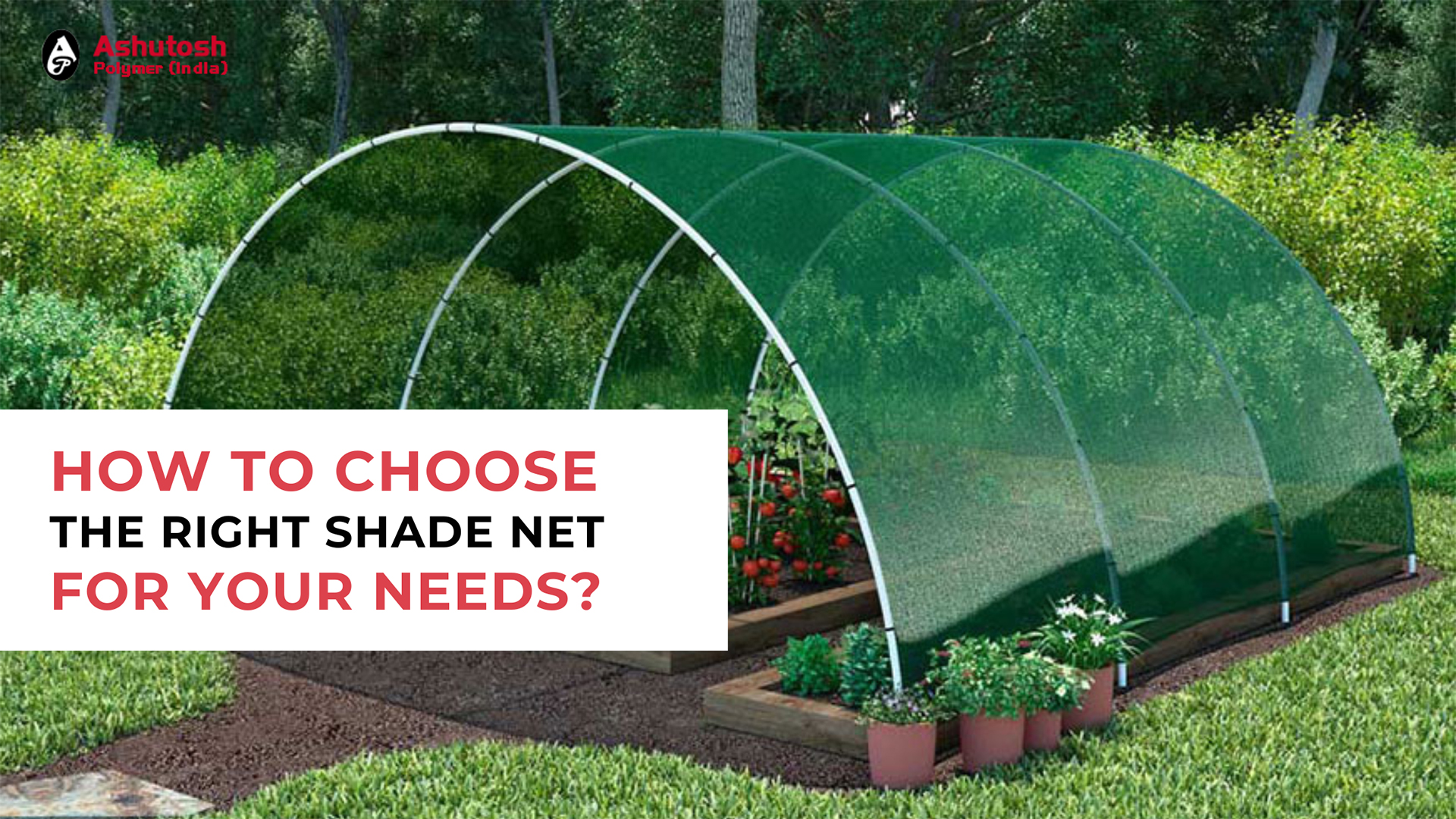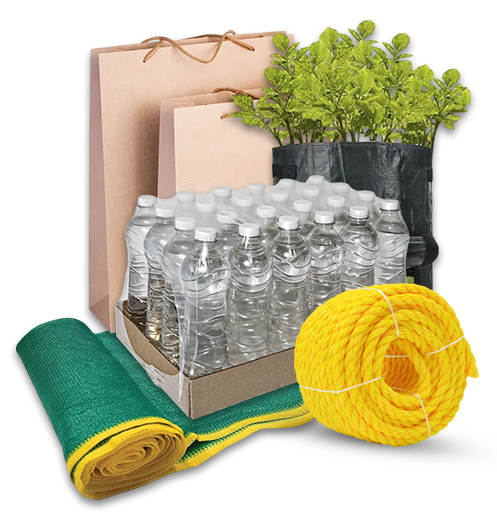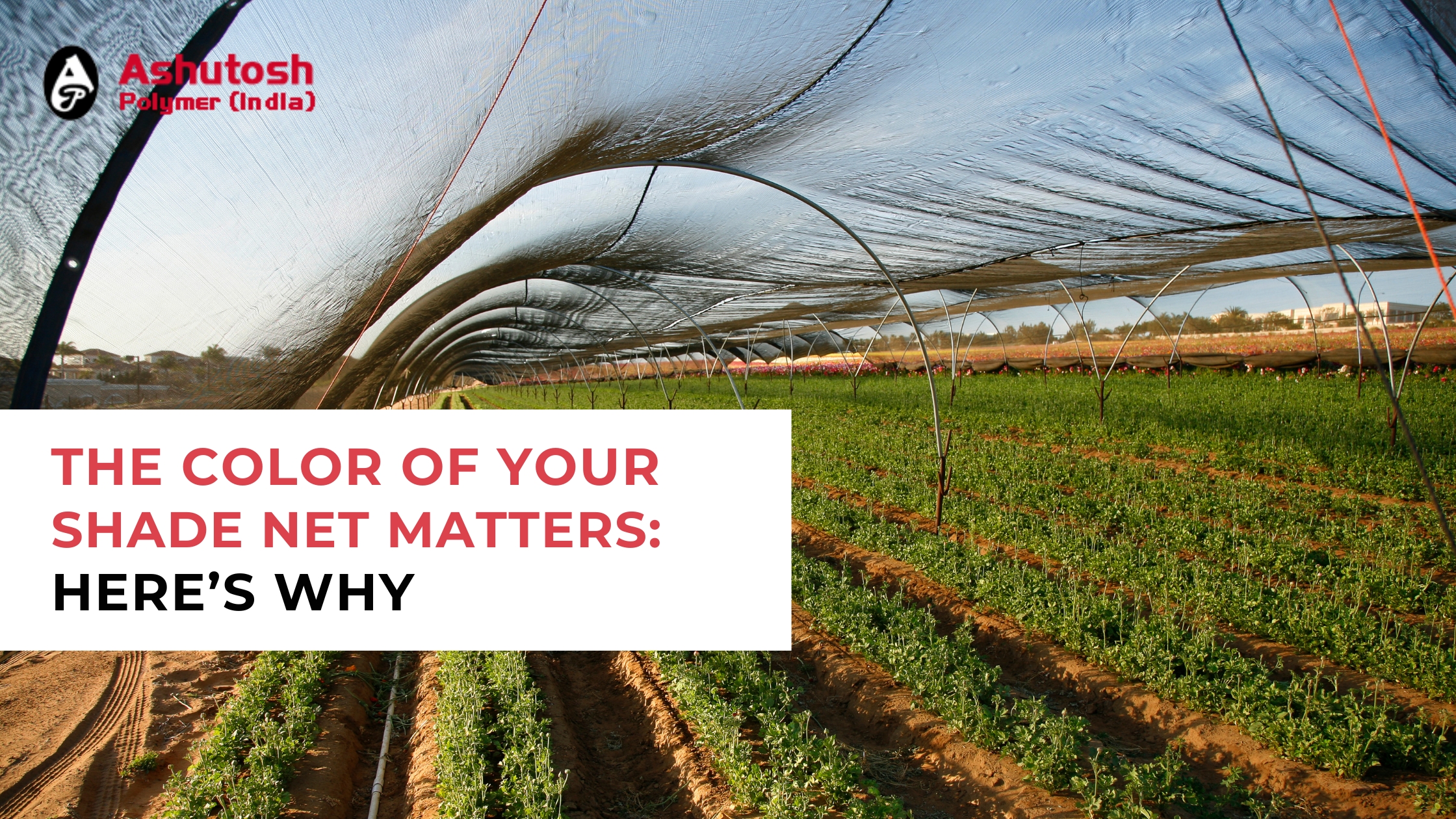
How to Choose the Right Shade Net for Your Needs?
Shade nets are a versatile and effective way to provide shade and protection from the sun, wind, and rain. They can be used in a variety of applications, including agriculture, horticulture, outdoor recreation, and construction. However, with so many types of shade nets in the market, it can be difficult to know which one is right for your needs.
Types of Shade Net
There are three main types of shade nets: knitted, woven, and extruded.
Knitted shade nets are made from a single filament of yarn that is knitted into a mesh. They are lightweight and provide uniform shading, but they are not as durable as woven or extruded shade nets.
Woven shade nets are made from two or more filaments of yarn that are woven together. They are more durable than knitted shade nets, but they may not provide as uniform shading.
Extruded shade nets are made from a single sheet of plastic that is extruded into a mesh. They are the most durable type of shade net, and they provide uniform shading.
Choose the right shade percentage for your needs
Shade nets are typically available in shade percentages ranging from 30% to 95%. The shade percentage refers to the amount of sunlight that the net blocks.
For agriculture, a shade percentage of 30-50% is ideal for most crops. This will provide enough shade to protect plants from the sun's harmful UV rays, while still allowing them to receive enough sunlight to grow and produce fruit.
For horticulture, a shade percentage of 50-70% is ideal for most plants. This will provide enough shade to protect plants from the sun's harmful UV rays and pests, while still allowing them to receive enough sunlight to grow and bloom.
For outdoor recreation, a shade percentage of 70-95% is ideal for providing shade and protection from the sun. This is especially important in hot climates.
Choose the right color of shade net
Different colors of shade nets will block different amounts of light and heat.
Black shade nets are ideal for applications where you need to block the most amount of light and heat, such as greenhouses, patios, and decks. White shade nets are ideal for applications where you need to block some light and heat, but still allow some light to penetrate, such as shade houses and gardens. Green shade nets are ideal for applications where you want to create a natural-looking shade, such as landscaping and home improvement projects.
Choose the right size and shape of shade net
Shade nets are available in a variety of sizes and shapes. Select a shade net that is the right size to cover the area you need to protect. You may also need to consider the shape of the area you need to cover. For example, if you need to cover a rectangular area, you will need a rectangular shade net.
If you need to cover a large area, you may want to consider using multiple shade nets. You can also use shade nets to create a variety of different shapes, such as triangles, squares, and circles.
Shade net made from high-quality material is important.
High-quality shade nets will be more durable and will last longer. When selecting a shade net, look for a net that is made from a UV-resistant material and that has a strong warranty.
Some common materials used in shade net include:
Polyethylene (PE) : PE is a lightweight and durable material that is UV-resistant and mildew-resistant.
Polypropylene (PP) : PP is a strong and durable material that is UV-resistant and resistant to chemicals.
High-density polyethylene (HDPE) : HDPE is a very durable material that is UV-resistant and mildew-resistant.
Now that you know how to choose the right shade net for your needs, contact us to get a quote. Our company supplies high-quality shade nets in Kerala, Karnataka, Andhra Pradesh, Tamil Nadu, and Maharashtra. We at Ashutosh Polymers, offer a wide variety of shade nets to choose from, so you're sure to find the perfect one for your needs.




